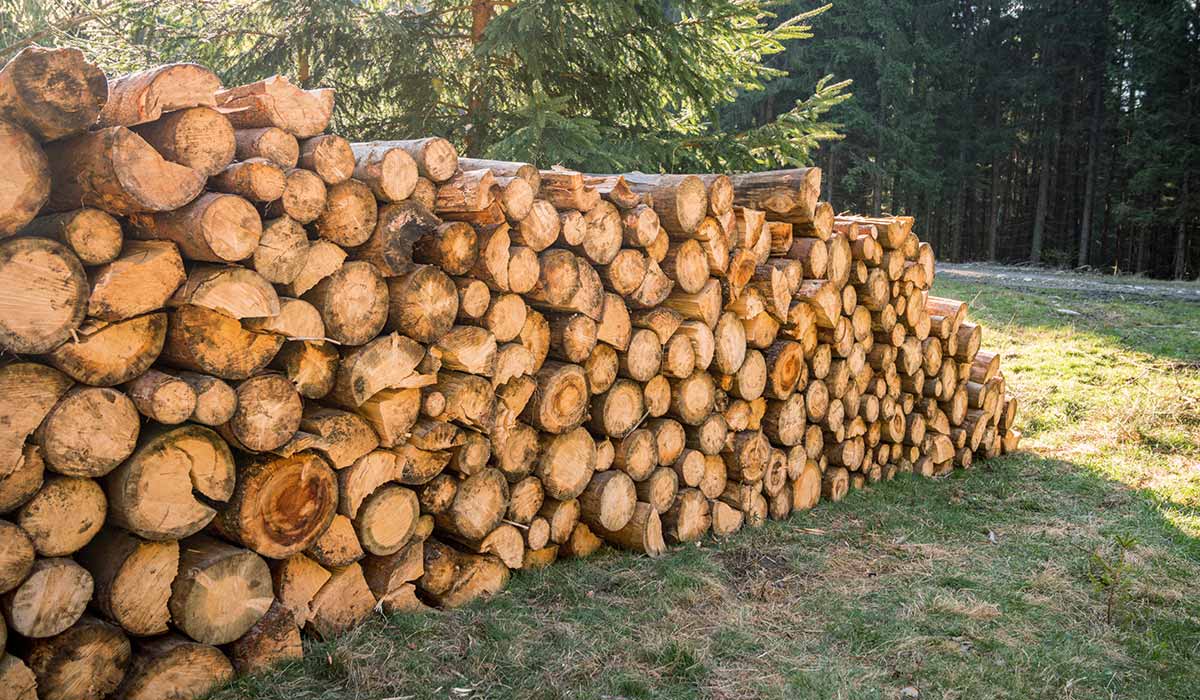
Lobbe's major construction site at BASF
Catalyst change in a BASF plant successfully mastered with Life Support System
"The job is first of all 'girl for everything'," knows Sebastian Engel. The plant manager at Lobbe Industrieservice Süd is in charge of the large-scale construction site for emptying the catalytic converter at a BASF Ludwigshafen plant. With a total of 60 employees, two reactors are being emptied in two shifts. "In the first few days, you're suddenly the contact person for everything - even beyond the daily construction site routine. That was quite something!" says Sebastian Engel. The challenges for the change of the catalyst material - cat change for short - of BASF are immense: high personnel deployment on the part of the company Lagupres, a Spanish associated company of Lobbe, teams of Lobbe Industrieservice West and South have to be coordinated and instructed. All work takes place under the highest safety standards with a life support system - i.e. independent of ambient air, including communication unit and safety harness. The reactors have to be emptied within a tight time frame
.
Work is being carried out around the clock on BASF's premises during the shutdown.
Lagupres is an expert in working with LSS.
To increase the chemical reaction rate within the production process, one uses a catalyst in chemical processes. The reactors containing the catalyst material have a combined capacity of 500 tonnes. Not only is the catalyst material in the catalyst chamber, but thermocouples also protrude into the catalyst chamber, which must be bypassed by the truss workers, as otherwise the protective suits could be damaged. The catalytic converter material itself requires another careful approach. If it comes into contact with liquid, hazardous substances are generated. For this reason, the containers must be cleared of residual substances in such a way that the employees are supplied with breathing air from outside and are protected by a life support system. For it is not possible to enter the containers through the manholes, which are only 60 centimetres in diameter. The Lobbe experts who work in the catalytic converter room then go down thirty metres - and there is only 80 centimetres of space. The catalytic converter is as hard as granite and must first be loosened manually with special compressed air equipment. The dust and solid residues are extracted by a total of four air conveyors positioned below the 48-metre-high working platform. Afterwards, the catalytic converter material is transferred from the air conveyors into big bags under respiratory protection and disposed of properly.
Also positioned on the ground is the control station for the Life Support System. This regulates the air supply of each employee and continuously monitors the personnel in the cat containers by video, so that in the event of unforeseen difficulties, the system can react immediately - for example, to transport the employee out of the container again using the safety harness. The Spanish colleagues are well versed in handling the LSS systems. Nevertheless, training and instruction on this new Lobbe system was carried out in advance in Mutterstadt. The harnessed skilled workers inside the reactor wear a helmet that supplies them with clean breathing air at a slight positive pressure and in which a communication unit is integrated. Only this safety precaution makes working inside the reactor possible at all - and with great success: the teams removed a total of 500 tonnes of the cat material within 14 days. The customer is highly satisfied.
Careful work in confined spaces is required in the container.
All work is carried out under video control and communication equipment.

